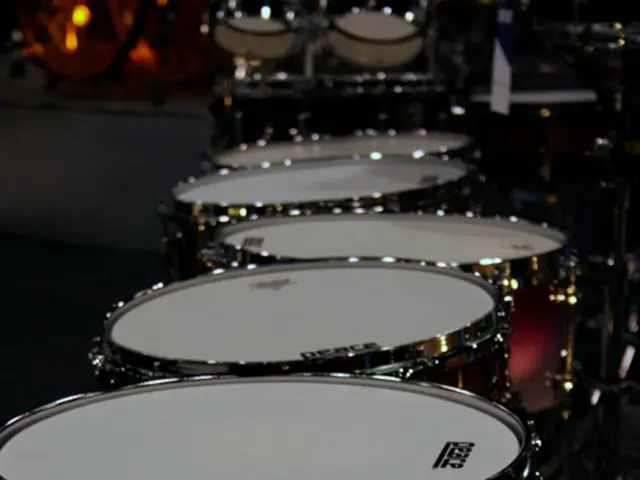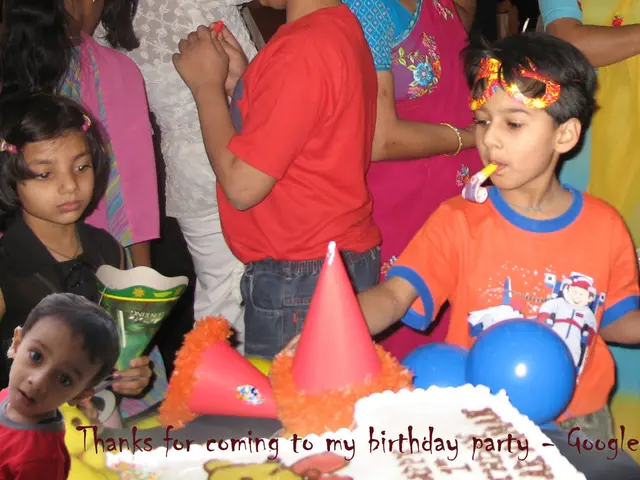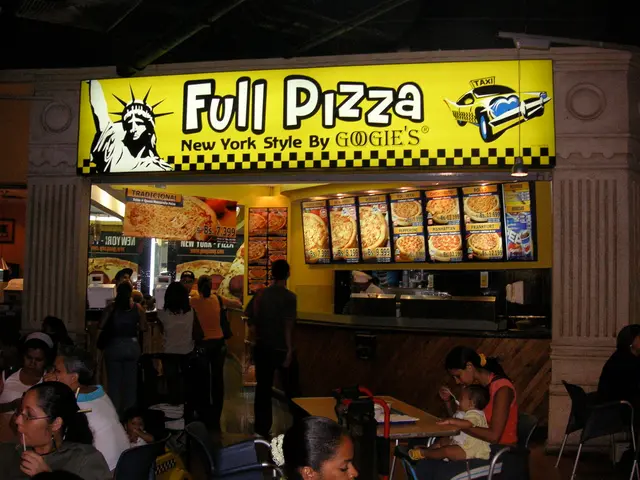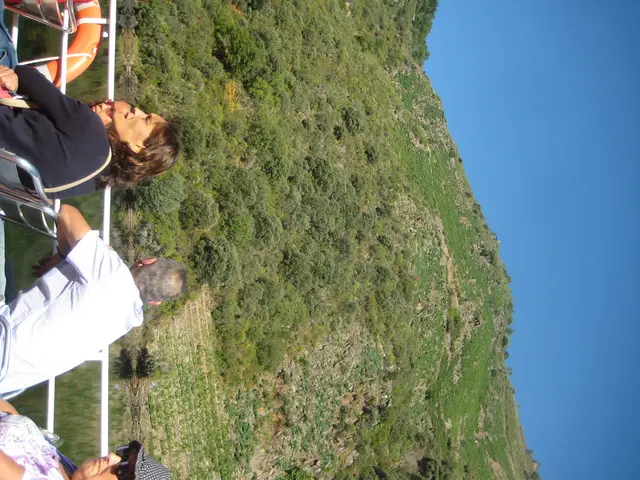mastering shoestring budget filmmaking: insights from independent filmmakers
================================================================================
In the world of cinema, low-budget filmmaking has emerged as a unique and thriving art form. Indie directors, with their passion and resourcefulness, are transforming the industry by creating captivating visuals without breaking the bank.
Minimalist Locations
The key to successful low-budget filmmaking lies in smart location selection. Indie directors often choose accessible and inexpensive settings such as abandoned buildings, public parks, and homes. By shooting in fewer locations, they not only save time and money but also add an authentic, gritty feel to their films.
Natural Lighting
Harnessing natural light is a transformative tool in low-budget filmmaking. By utilising daylight as the primary light source, directors can avoid the expense of renting or buying expensive lighting kits. Planning shooting schedules around the "golden hours" (shortly after sunrise and before sunset) maximises pleasing natural light. Simple tools like reflectors or DIY diffusers can further improve the look without heavy investment.
Volunteer Cast and Crew
Indie directors excel at making every penny count by recruiting volunteer cast and crew. By building a team passionate about filmmaking, they can manage labor without budget strain. Clear communication about expectations and roles is essential to keep morale high and production smooth.
DIY Set Design
DIY set design is an essential aspect of low-budget filmmaking. Indie directors use inexpensive or repurposed materials, thrifted props, and clever set dressing to create believable settings. Creativity in framing shots to exclude expensive or incomplete elements helps maintain immersion without costly builds or rentals.
Additional Tips
Shooting with versatile, lightweight equipment, such as gimbals instead of heavy tripods, enhances mobility. Considering films with minimal or no dialogue can save on sound recording and editing expenses. This approach can also reduce location complexity and shooting time, thus cutting costs.
Incorporating various textures and layers to add depth and interest to scenes is a strategy employed by indie directors. Collaborating with aspiring actors and filmmakers helps keep costs down and fosters a community of passionate creatives. The use of modular furniture and props that can be easily rearranged is common in low-budget filmmaking.
Beyond the Basics
Open-source or budget-friendly editing software can offer many of the same features as their high-end counterparts. Indie filmmakers often network wisely by attending film festivals, local meetups, and online forums to connect with like-minded individuals for potential collaborations. Offering a percentage of future profits or deferred payments can motivate team members to work diligently for the project's success.
By integrating these strategies, filmmakers can achieve professional-quality results on tight budgets through resourceful planning, teamwork, and creative problem-solving. Low-budget filmmaking thrives as a separate art form in the cinema industry, where creativity, ingenuity, and passion are the primary resources.
[1] Low-Budget Filmmaking: A Comprehensive Guide
[2] The Art of Low-Budget Filmmaking
[3] Guerrilla Filmmaking: A Low-Budget Approach
[4] Natural Lighting Techniques for Filmmakers
[5] DIY Set Design for Low-Budget Filmmaking
- In the realm of cinema, indie filmmakers with their passion and frugality are revolutionizing the industry, producing captivating visuals without straining budgets.
- Successful low-budget filmmaking hinges on smart location choices, such as affordable abandoned buildings, parks, and homes.
- Indie directors prefer using natural light as the primary source, saving on costly lighting equipment rentals or purchases.
- Capturing the "golden hours" enhances natural lighting, resulting in pleasing visuals.
- DIY reflects and DIY diffusers improve natural lighting without heavy investments.
- Indie directors often turn to volunteers for cast and crew, building a passionate team without financial strain.
- Clear communication is essential to maintain morale and ensure a smooth production process.
- DIY set design helps create believable environments using affordable materials, props, and clever set dressing.
- By framing shots intelligently, directors can minimize costs by excluding expensive or incomplete elements.
- Versatile, lightweight equipment like gimbals is used to improve mobility in low-budget filmmaking.
- Minimizing or eliminating dialogue can save on sound recording and editing expenses.
- Textures and layers contribute depth and interest to scenes, a strategy employed by indie directors.
- Collaborating with fellow aspiring actors and filmmakers helps keep costs down and fosters a community of passionate creatives.
- Modular furniture and props are commonly used in low-budget filmmaking, as they can be easily rearranged.
- Open-source or budget-friendly editing software offers comparable features to high-end counterparts.
- Filmmakers engage in networking at film festivals, local meetups, and online forums to collaborate with like-minded individuals.
- Deferred payments or a share of future profits can motivate team members to work diligently for the project's success.
- Low-budget films can still achieve professional-quality results through resourceful planning, teamwork, and creative problem-solving.
- The industry recognizes low-budget filmmaking as a distinct artistic form, where creativity, ingenuity, and passion are the primary resources.
- Remarkable indie films have even been screened at prestigious film festivals, proving the genre's potential.
- The techniques of low-budget filmmaking can be applied to animation, expanding the possibilities for creative expression.
- Indie directors interested in animation must adapt their strategies to accommodate the unique challenges of the medium.
- As the director of an indie film, maintaining a cinematography aesthetic is essential to stand out in the competitive market.
- Hollywood directors have started to take notice of the success of low-budget films, leading to collaborations with indie directors.
- The Hollywood-indie collaborations explore new ways of filmmaking, merging independent and mainstream styles.
- Actor-director pairs have become popular in independent cinema, as actors have an intimate understanding of the on-screen process.
- In the world of lifestyle, fashion-and-beauty, food-and-drink, and home-and-garden updates, cinema influences trends and sets new standards.
- Pets are often a part of indie films, adding charm and relatability to characters.
- Travel scenes in films serve as escapism for viewers, inspiring them to explore new destinations.
- Cars are crucial narrative devices in some films, representing the characters' status or journey.
- The era of books is not over; indie authors find success in publishing stories that resonate with readers.
- Education-and-self-development books provide insight into personal growth and inspire readers to pursue their dreams.
- In Gotthard's "Low-Budget Filmmaking: A Comprehensive Guide," he discusses how to create impactful films on a tight budget, using these strategies and more.






